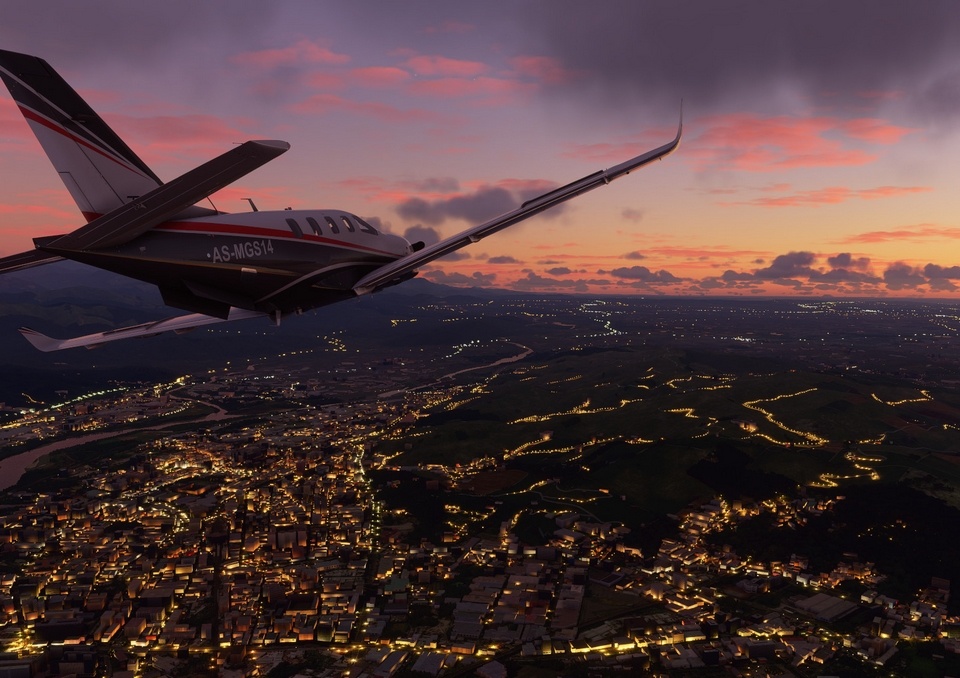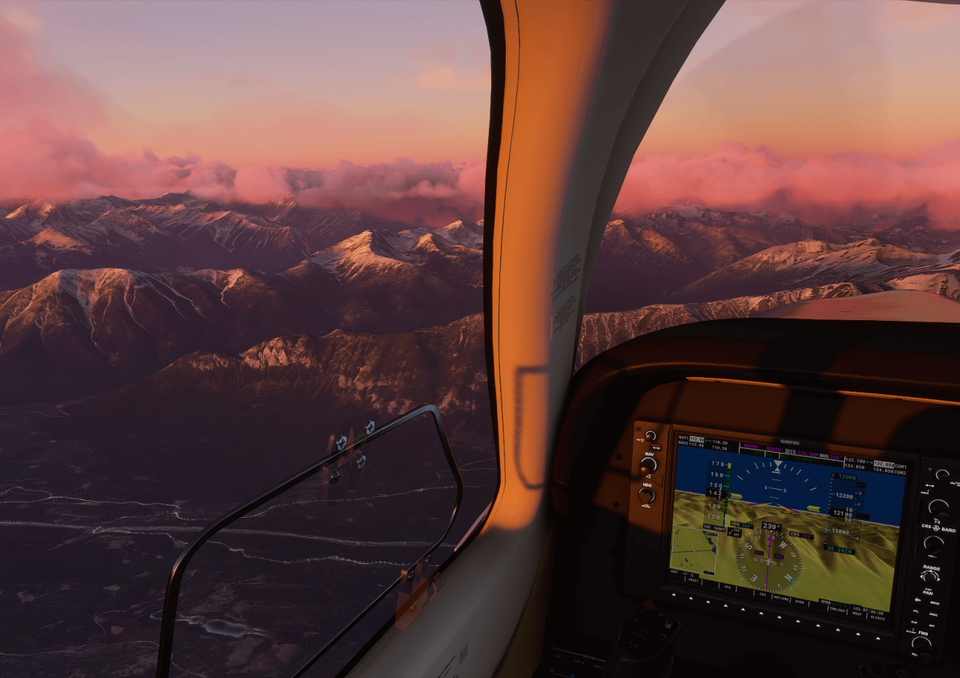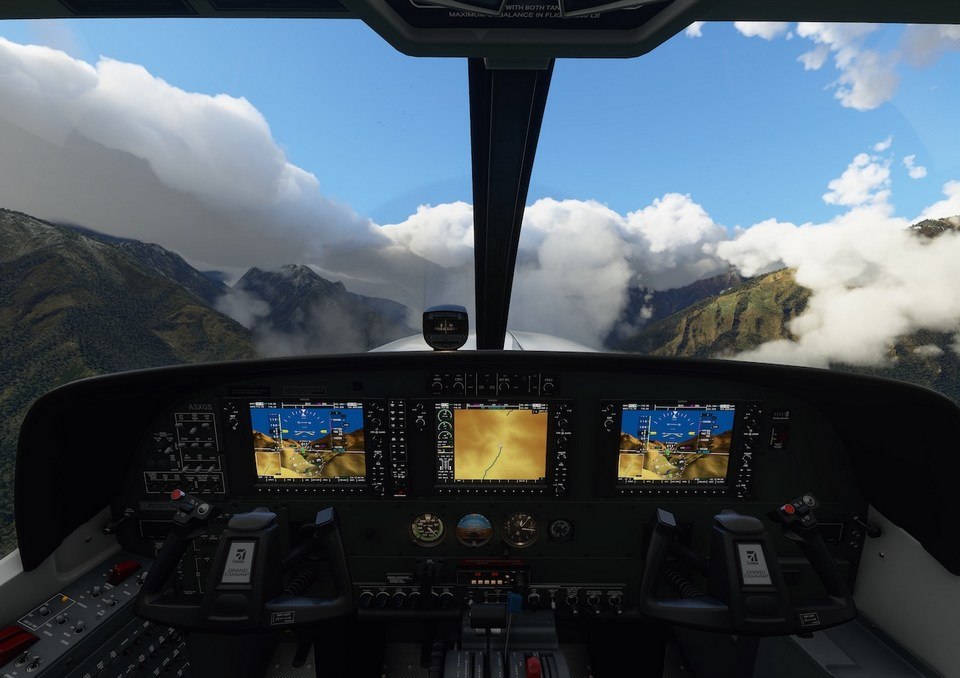
In addition to a wide variety of airplanes to pilot, the new simulator offers a realistic digital representation of the world, weather included.
In addition to a wide variety of airplanes to pilot, the 2020 simulator offers what is generally agreed to be the most realistic and complete digital representation of the world that has ever been made available to the public. It includes 1.5 billion rendered buildings and enough data to fill 1.7 million DVDs. For digital tourists, a trip to the Grand Canyon or Mount Fuji is now a flight away.
Like the real world, it’s dynamic. The virtual planet continuously updates, complete with the weather. When Hurricane Laura hit the U.S. coast of the Gulf of Mexico, people playing Microsoft Flight Simulator 2020 chased the storm. Smoke from recent wildfires was also in the virtual world. There’s even wildlife, spurring something of a digital safari niche on YouTube. Other people have re-created famous flights from movies.
That means flights around the globe can be a long haul. Two streamers even sat down for about 16 hours to re-create the journey from Los Angeles to Dubai, in the United Arab Emirates, which is one of the longest commercial flights available.

Microsoft has been making its signature simulator since 1982, predating even Windows, to make it the company’s longest-running product. As Microsoft has grown and evolved, the simulator has, as well. The newest version taps Microsoft’s Azure cloud computing services, which are now a major part of the company’s business.
The software’s longevity and attention to detail built up a fervent following over the years, with some fans developing an online air traffic control network called VATSIM. The software is detailed enough that it offers a nearly real-life experience.
“You can use it as a game,” said Edward Kjellén, a Swedish cargo pilot in Norway who also streams simulator sessions. “But then you can also use it as a tool to gain knowledge and experience and actually be taught a lot from it.”

That’s not meant to keep out casual players. Users can still play simpler game modes to hop around the globe without having to constantly check their airspeed.
Jörg Neumann, head of Microsoft Flight Simulator 2020, said his team had a “no pilot left behind” philosophy.
Even people who don’t want to go through the trouble of learning their ailerons from their flaps can enjoy the landscapes.

The technology in the simulator advances gaming, but it also has applications for the real world.
The digital twin of the Earth was developed by Asobo Studio a company in Bordeaux, France, with the help of Blackshark.ai, a company in Graz, Austria. Simona Huebl, who works on strategic partnerships for the company, said the platform could be used to help guide autonomous cars or assist North American retailers experimenting with backyard drone deliveries.
For now, the digital world’s primary offering is as a respite for the many people who aren’t able to travel during the pandemic.